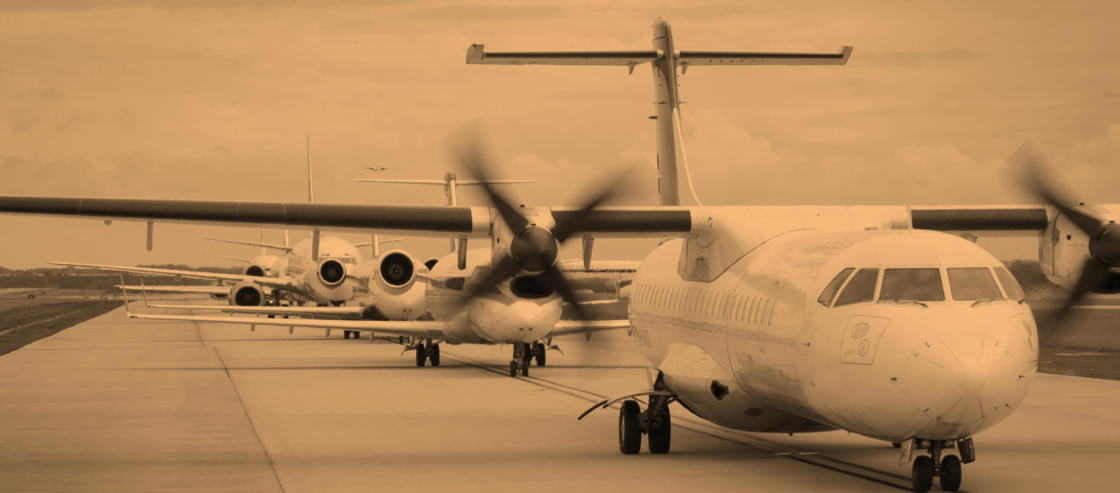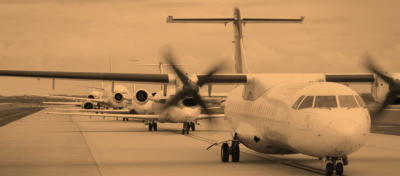
The background


English is the default language of international aviation

‘Never assume the person
you're talking to has the
same level of
comprehension as you.
Stick to standard
phraseology (it exists for a
reason).’
Tommaso D. - Italian pilot
‘Native English speakers
should speak slowly, clear
with short sentences. They
don’t know how difficult
sometimes is for us to
understand them,
especially in USA and UK.’
Nuno P. - Portuguese
pilot

The Language Proficiency Requirements have certainly improved matters but a
large part of the safe communication challenge is still outstanding ...
ICAO requires ALL personnel to:
Speak at the mandated rate of no more than 100 words per minute
Stick to Standard Phraseology as much as possible
Speak in a way that can be understood by the international aviation
community
Use appropriately short transmissions
But neither group (native or non-native English speakers) currently undergoes
training or testing to ensure these requirements are met.
The SayAgain training addresses these issues and also focuses on the human
factors involved in safe communication:
WHY we sometimes don't speak up when we should
WHY we sometimes speak too quickly
WHY we don't always ask for help when we need it
WHY some of us may feel 'superior' or 'inferior' because of level of English
The training is self-paced and online - it takes approximately two hours.








English is of course the language of international Aviation.
In 2008, ICAO introduced the Language Proficiency Requirements (commonly referred to as ICAO Level 4).
Non-native English speaking pilots and controllers must be formally tested and most are required to be re-tested every 3-5 years.
Native English speakers are typically ‘signed off’ by other native speakers during flight checks.
68% of aviators don’t know
this number


Helping aviation professionals communicate safely

‘The single biggest problem in communication is
the illusion that it has taken place’
George Bernard Shaw

The background
English is the default language of
international aviation



ICAO requires ALL personnel to:
Speak at the mandated rate of no more than
100 words per minute
Stick to Standard Phraseology as much as
possible
Speak in a way that can be understood by the
international aviation community
Use appropriately short transmissions
But neither group (native or non-native English
speakers) currently undergoes training or testing to
ensure these requirements are met.
The SayAgain training addresses these issues and
also focuses on the human factors involved in safe
communication:
WHY we sometimes don't speak up when we
should
WHY we sometimes speak too quickly
WHY we don't always ask for help when we need
it
WHY some of us may feel 'superior' or 'inferior'
because of level of English
The training is self-paced and online - it takes
approximately two hours.








68% of aviators don’t know
this number


English is of course the language of international
Aviation.
In 2008, ICAO introduced the Language Proficiency
Requirements (commonly referred to as ICAO Level 4).
Non-native English speaking pilots and controllers
must be formally tested and most are required to be
re-tested every 3-5 years.
Native English speakers are typically ‘signed off’ by
other native speakers during flight checks.

Helping aviators communicate safely






















